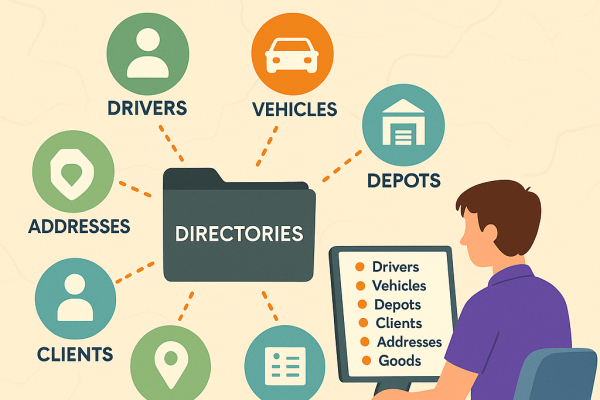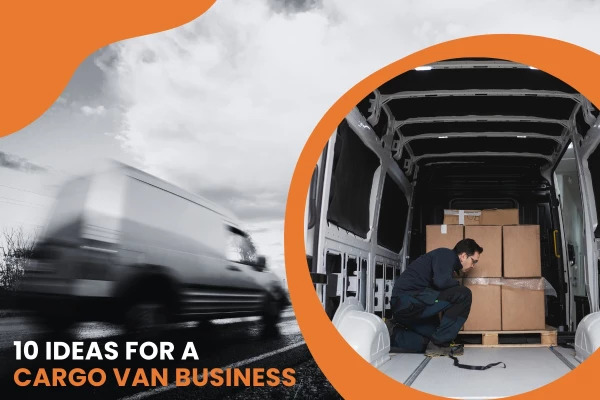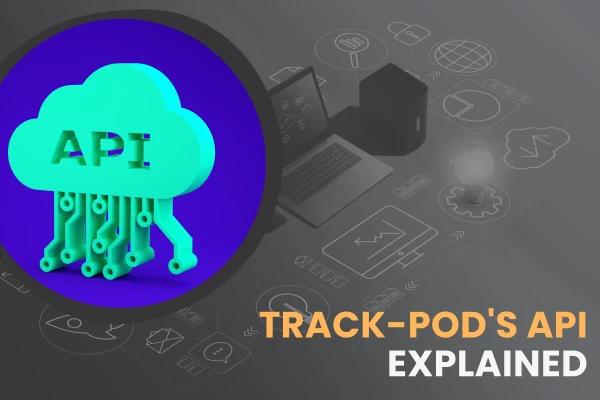5 Proven Tactics for Scaling Delivery Operations

by
Yulia Miashkova
May 16, 2022
Not all delivery operations will be successful enough to grow. But all delivery operations need to make room for growth - otherwise growth will be stalled by the sheer inflexibility of processes.
How do you make room for growth? By keeping your operations scalable and ready for growth when it happens.
In this guide, we explore proven tactics for scaling delivery operations.
1. Find your route optimization algorithm
Delivery management starts with delivery planning. Delivery planning is impossible without route planning.
Manual routing is a task that can eat up hours of your day. It takes excellent knowledge of your delivery areas and everything that could be a blocker for on-time delivery, e.g. limited driver or vehicle capacity, road restrictions, etc.
Manual route planning or route planning with free tools like Google Maps is perfectly fine for personal trips.
However, when it comes to routing a fleet of trucks or any other commercial vehicles, you need algorithms doing the job for you.
When you use a route planner with optimization capacities, you can go from hours of manual routing to minutes or even seconds.
The best part about it is that algorithms leave no room for human error and can build the most efficient routes in areas you're unfamiliar with.
An even better part is that algorithms don't get overwhelmed - if you need to scale and grow the number of daily deliveries AI will do the job just as fine and with no delays.
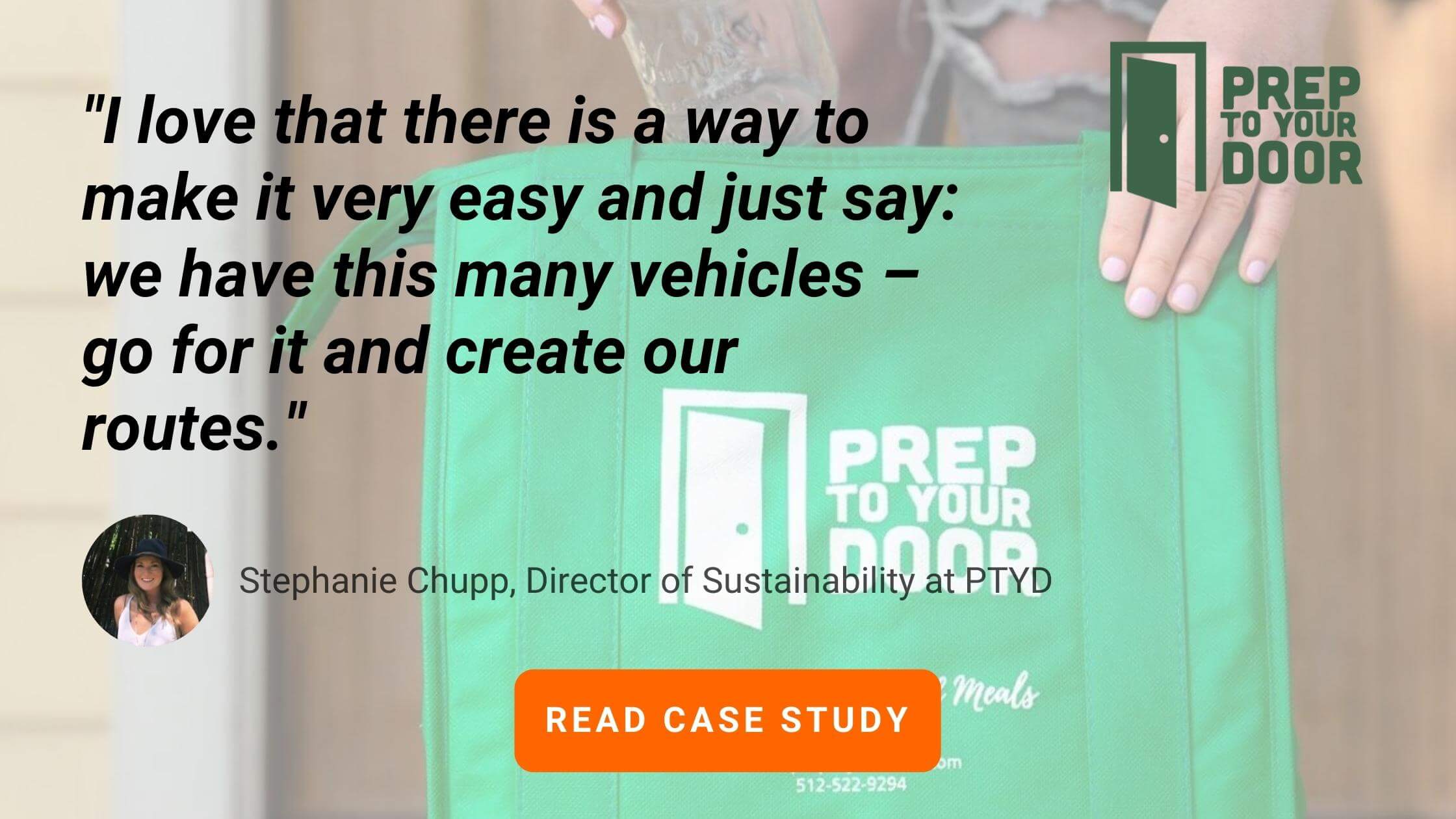
Finding your route optimization algorithm boils down to knowing your needs and the features that can cover them. To help you make an informed choice, we put together a guide on the best route optimization algorithms on the market.
2. Streamline courier dispatch
The more deliveries or collections you plan, the more you need to dispatch. If you have a manual system of dispatching jobs to your couriers, you're doomed to be inflexible.
Scalable delivery operations use automatic dispatch. As soon as delivery routes have been created and optimized, the system will share them with drivers.
This can be done via SMS on in-app - if your drivers are using a mobile app synced up with your scheduling and dispatch system working in the cloud.
In this case, route and order data is synced with the drivers' availability and each courier can see their daily/weekly jobs as a list of tasks on their phone.
To maximize your scaling capacity, go for a delivery driver app that requires little to no onboarding. You can also save time on training new drivers by recording a video guide on how to use the app.
When you have a clear system for onboarding new drivers with easy-to-use tools, you can scale delivery operations by working with part-time contract drivers or expanding your core staff with no friction.
3. Cut out the paper
Scalable delivery operations is paperless delivery operations. Imagine your customers have to sign paper invoices to confirm delivery. Then the invoices need to be scanned and processed by a delivery operations manager.
When you go from 10 to 20 customers a day, your paperwork doubles. This goes both for the drivers and the back-office staff that needs double the time to process all documentation.
Paperless delivery operations rely on electronic Proof of Delivery (ePOD) to save time on handling invoices and simplify reporting and dispute handling.
Electronic Proof of Delivery is collected by the driver. It can be the customer's electronic signature or a photo of the delivered package by the customer's doorstep.
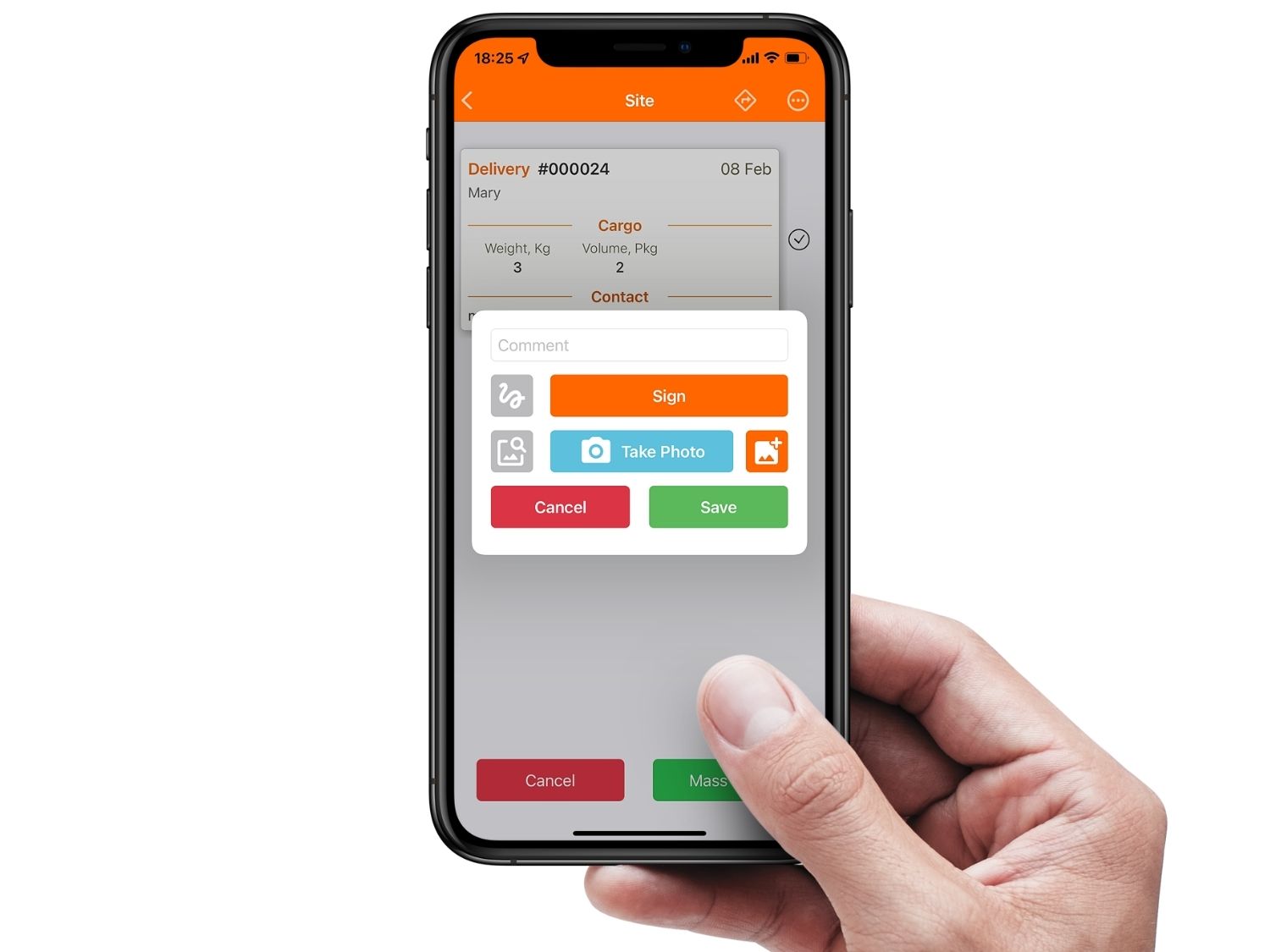
Either way, this data, together with geotags and timestamps, populates a POD document that is shared with the customer as soon as the delivery or collection has been marked complete.
Because all data is stored in the cloud, Proof of Delivery is instantly available for the dispatcher, customer service staff, transportation manager, or whoever needs to handle inquiries and disputes.
Any number of PODs can be retrieved in a matter of seconds and used as proof of service while keeping your delivery operations completely paperless and scalable.
4. Automate customer communication
While resolving disputes is impossible without involving a business representative, updating customers on the status of their orders can be fully automated to take 0 minutes of your staff's time.
Customers are concerned with two things: 1) where their orders are and 2) when they will arive. Both of these questions can be answered with ETAs and order live tracking.
Here's how it works.
When route planning is done, you can see estimated time of arrival (ETA) for each stop in the delivery route. Even if the customer never specified a time slot for the driver to arrive, there's an estimate of when the delivery service will be done.
ETA is something you can share with the customer as soon as it's been calculated. The only problem is that deliveries happen in the real world where things can be interrupted or postponed.
Alternatively, you can share a live tracking link with the customer as soon as the driver starts heading towards them.
Together with the driver's location on the map customers will see a dynamic ETA - which means it changes in real-time and corresponds to the driver's whereabouts.
By sharing with your customers a live tracking link via SMS or email, you answer both of their questions and eliminate the need for calls on the status of the order.
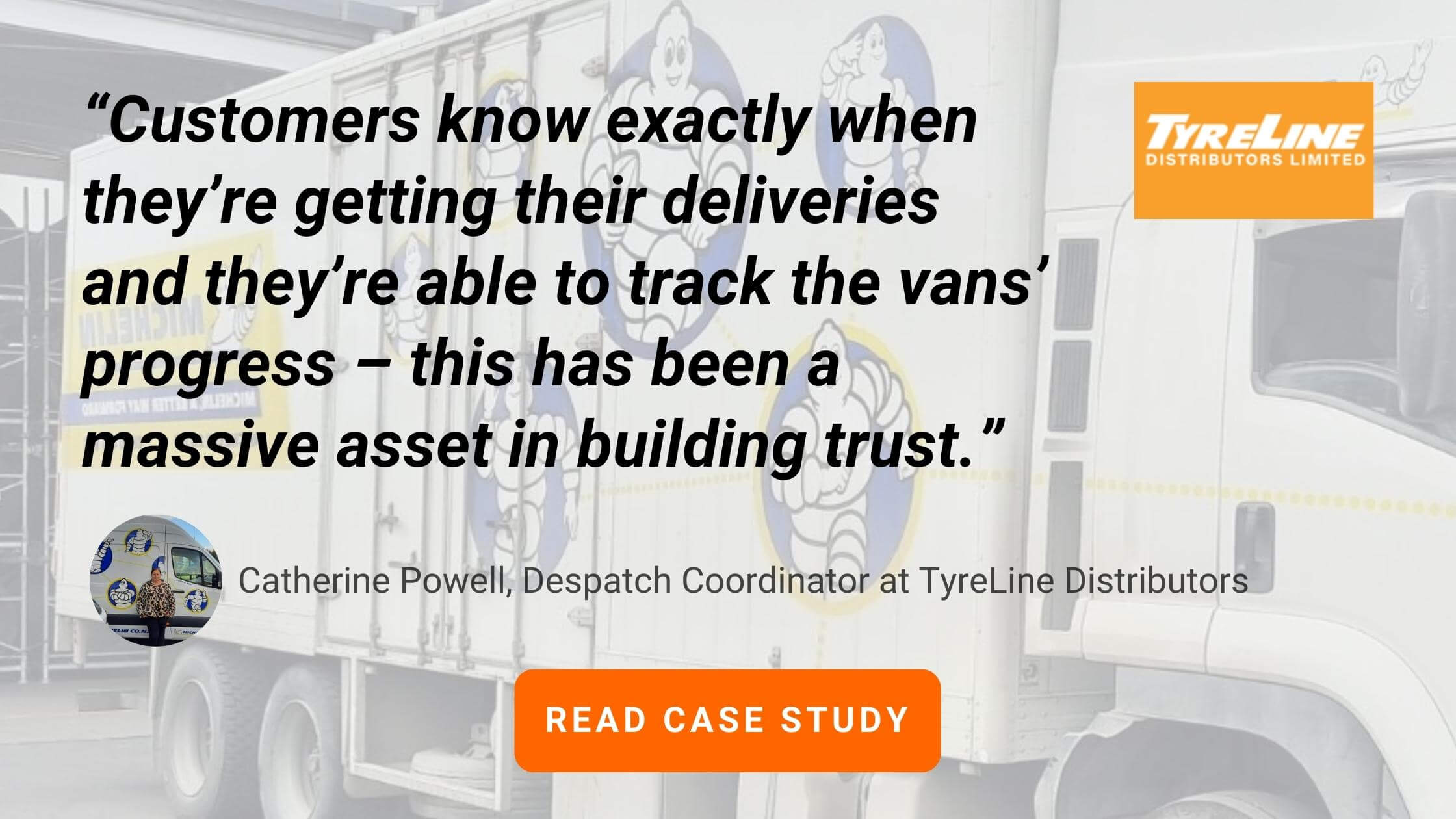
5. Tap into new delivery services
One thing that future-proofs delivery operations is a variety of delivery services that match customer expectations.
- Same-day delivery.
- Contactless delivery.
- On-demand delivery.
- Free delivery.
- Free returns.
- Free pickup.
- Carbon neutral delivery.
Buyers want options and the more you can provide the more likely you are to attract and retain customers.
The problem is, introducing a new delivery option can take a lot of time to set up and require the resources you don't have readily available.
Luckily, there are ways to experiment with different types of delivery services without sacrificing the efficiency of your delivery operations. This is what delivery management software is all about.
Delivery management software packs a powerful route planner featuring a route optimization algorithm, automatic order dispatch, Proof of Delivery, and much more.
Same-day delivery for a last-minute order? Order priority is a feature that makes it happen.
Contactless delivery? One driver app with photo proof is enough to match your customers' expectations.
Carbon neutral delivery? Make use of EV routing features and minimize range anxiety in your drivers.
When you have all these features at your disposal and out of the box, you don't need additional resources to offer more types of delivery services. Delivery software will simply make the most of what you have.
To maximize your scalability, look for software with a flexible pricing structure. For example, Track-POD delivery software lets you pay per driver first and move to paying per number of orders with unlimited drivers when you're ready to scale.
Recap
Scaling delivery operations means looking for ways to be flexible. Flexibility can only come from scalable, easy-to-follow processes and easy-to-use tools.
I hope this guide gives you actionable tips on how to improve the scalability of your delivery operations.
If you want to learn more about each of the tactics and tools to make it happen, book a free demo and let's talk about growing your business with Track-POD delivery software.
About The Author
Yulia Miashkova
Growth marketing manager with a background in public relations, SEO, social listening, and Account-Based Marketing.






